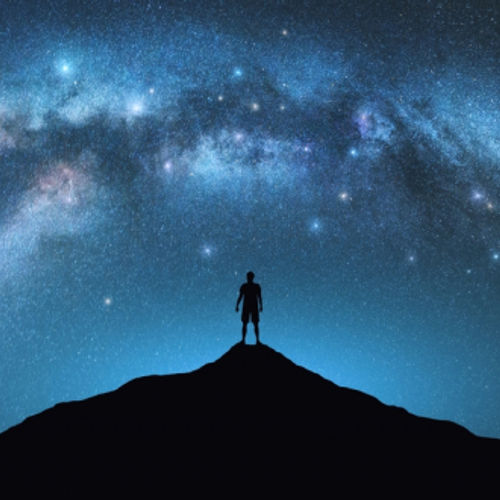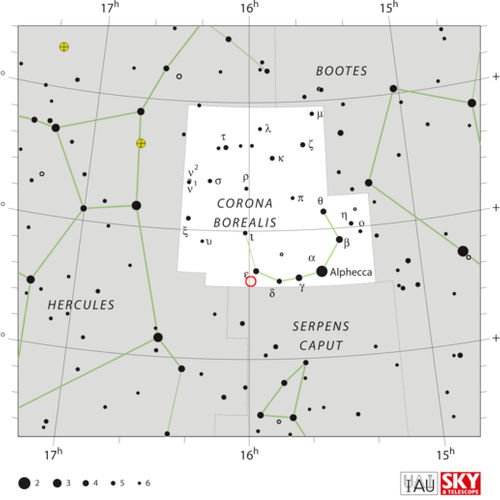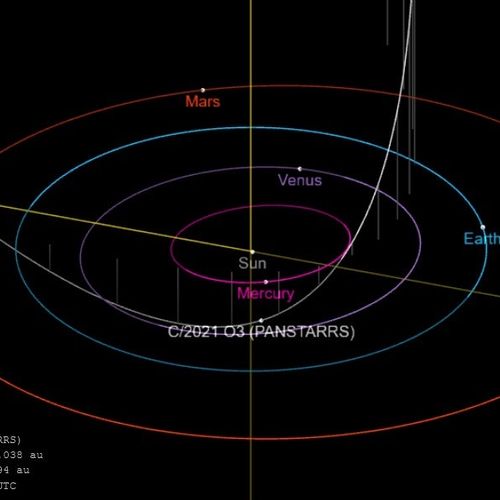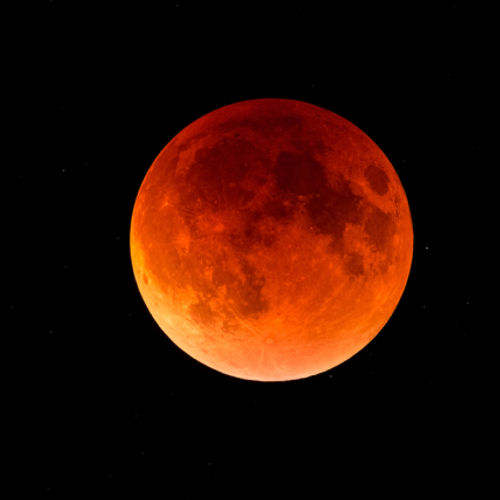
| Added | Tue, 02/10/2018 |
| Источники | |
| Дата публикации | Tue, 02/10/2018
|
| Версии |
The main astronomical event of this month will be two meteor shower, and the lower connection of Venus and the opposition of Uranus with the Sun.
Tuesday, October 2, at the night sky stargazing will begin orionid. During the peak of its activity on October 21 is expected to be 25 meteors per hour. When viewed from the Earth, it seems that the meteors fly out of the constellation Orion, hence the name. In fact, they originate from the tail of Halley's comet, flying past the planet 32 years ago.
Likely to see the peak of Orionid will be difficult due to the light of waxing moon, but do not despair: on 8 and 9 October fans of the star sky will be pleased with another meteor shower — Draconids. The meteors originate from comet 21P/Giacobini — Zinner, fly at a speed of about 20 km/s, which gives them a bright yellow and red shades.
According to forecasts, in hour will burn up to 10 meteors. Shooting stars will be visible at dusk, but the best time for watching: from 4 to 5 am.In the second half of the month in the sky will seem like Venus and Uranus. From October 26, when there will be the lower connection of Venus with the Sun, the planet can be seen each morning before dawn. During this period, it is called the Morning star.
Uranus, on 24 October, will come into opposition with the Sun, and under favorable conditions, will be visible to the naked eye until December.In addition, from 4 to 10 October is world space week. The holiday was introduced by the General Assembly of the UN in honor of the launch of the first artificial Earth satellite in the USSR on 4 October 1957.
Translated by «Yandex.Translator»
Новости со схожими версиями
Log in or register to post comments








